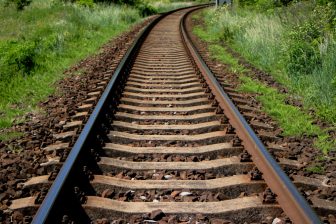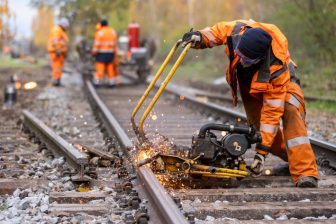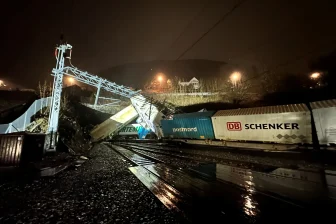
Austria and Czech Republic join forces to bring ‘Emperor Franz Josephs railway’ into the 21st century
Emperor Franz Joseph I travelling to Czechia in his own court train (1901)
Named after Emperor Franz Joseph I of the Austro-Hungarian Empire, the ‘Kaiser-Franz-Josefs-Bahn’ is a railway that connects the Austrian capital Vienna to Prague in Czech Republic. Its first section went into operation in 1868. Now, more than 150 years later, it’s time for further development of the route, the Transport Ministers of Austria and Czech Republic have agreed.
Want to read more?
You have read all of your free premium articles for this month. Please become a subscriber to keep reading.
Subscribe now!
Take advantage of our exclusive offer to get full access to all premium content.



